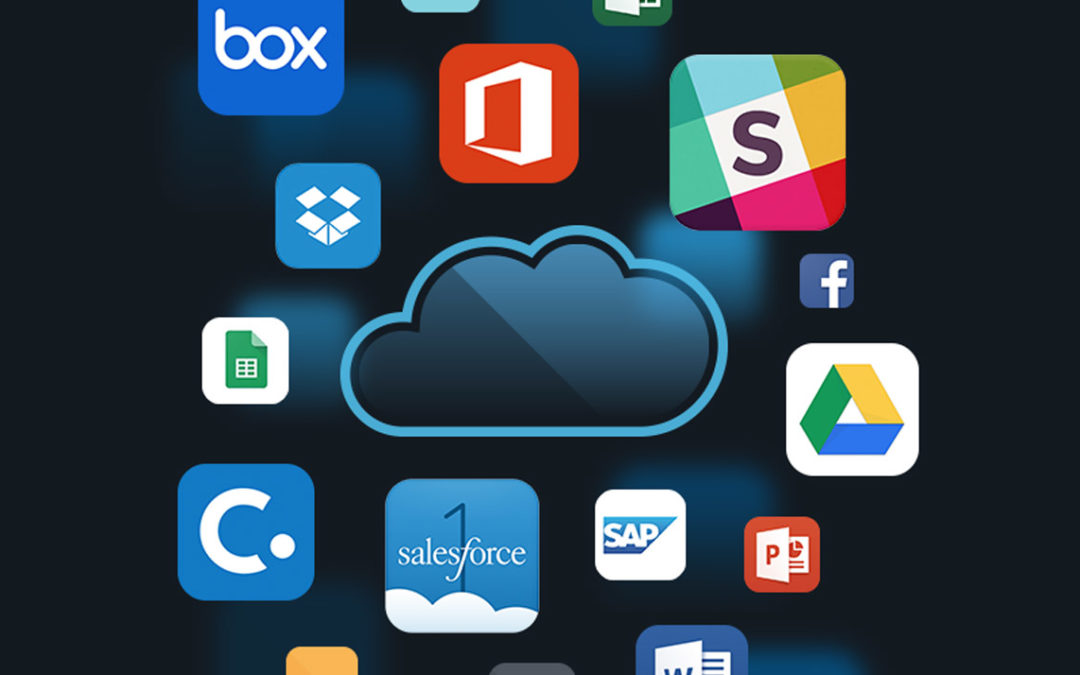As Cybercriminals continue launching attacks from the web, companies need to meet the new cybersecurity and compliance challenges for 2019 and beyond.
The adoption of the public cloud is driving a fundamental change in the way organizations connect remote users and distributed sites to their networks and applications. But as we’ve seen during other great times of change, tech transitions are tricky and always raise new security concerns. These are the security concerns for the foreseeable future.
For starters, security professionals no longer defend a defined perimeter. We now live in an era in which employees increasingly work remotely while more network traffic than ever is going over cloud apps, like Google G Suites and Microsoft Office 365. Cyber criminals have taken notice and have pivoted their focus. While Internet use is spiking, the web has become the biggest threat vector that companies now face.
The Challenge to Legacy Security Thinking










